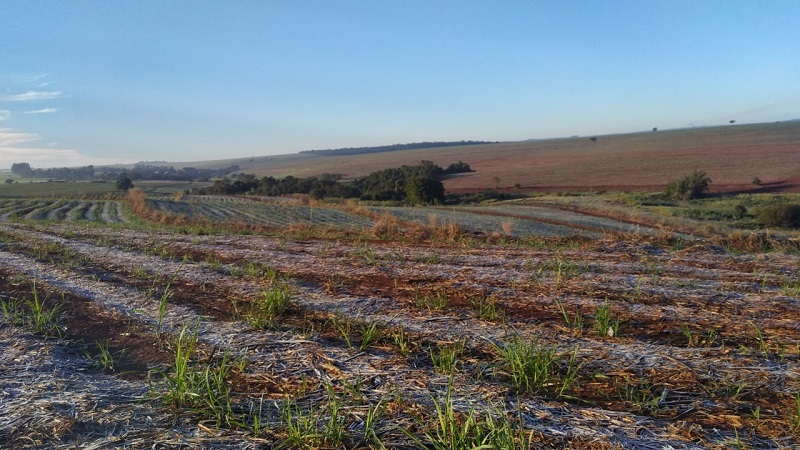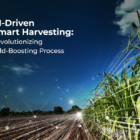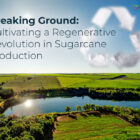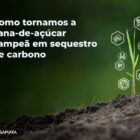Frost can cause major damage to sugarcane crops, with risks of considerable losses. Rapidly identifying the extent of the damage can improve and accelerate crop management decisions. Remote sensing is a solution.
Frosts are common in many sugarcane producing regions, such as Louisiana, Florida, India, Australia, Argentina and in the southeast region of Brazil.
São Paulo is the main producer of sugarcane in Brazil, accounting for more than 60% of sugar production in the country. On June 28, 2021, a frost event occurred in the state and Gamaya’s CaneFit Crop Growth Monitoring online tool made the assessment of the relationship of this event with spots of anomalies and NDVI changes possible in the following days.
Impact of frost on sugarcane
Frosts occur when the passage of a weak cold front is followed by polar winds, resulting in cool daytime temperatures, and clear skies overnight.
The severity and the extent of frost damage to sugarcane crops varies with:
- the landscape (generally worse in topographical hollows);
- The time that the sugarcane was exposed to frost and its intensity:
- Environmental conditions after frost;
- The cultivated varieties.
The frost causes the freezing of the cell juice, creating a rupture in the tissue cells.The cane affected by the frost stops growing, from then on, and after a few days the amount of sugar in the cane decreases. The mills are therefore forced to harvest this cane as quickly as possible in order to prevent loss of sugar content.

A detailed mapping of the phenomenon is required to quantify the damages and plan the harvests in the next few days.
Satellite NDVI based methodology for large scale frost damage identification
Traditional methods for checking frost damage rely on scouting and visual examination of the plants.
To help local growers to rapidly measure the severity and extent of the June 28th frost event, Gamaya helped detect anomalies with CaneFit Crop Growth Monitoring on 515 parcels in the region.
The evaluation of the impact of frost on the sugarcane plots was carried out by observing the changes in NDVI values and new anomaly patches generated between the results available in the Sentinel 2 images immediately before the frost date and the available results on the following dates after the frost.
Project details
CaneFit Crop Growth Monitoring also automatically detects the dates each field was subsequently harvested, allowing to identify the frost-damaged plots that were harvested within the time window where losses can be avoided (up to 6 weeks).
Comparing the two, the priority was to identify the damaged parcels to harvest swiftly.

Plantation time based differentiation for affected fields
The results were divided into two sections: affected fields planted or harvested less than 10 months ago and affected ratoon fields more than 10 months ago.

For affected parcels that were below 10 months of age, their productivity is negatively impacted at different intensities, according to the specific conditions of each field when they reach the planned harvest time.
In this scenario, there is no single value to be considered in all parcels to estimate the loss. Each parcel needs to have its estimated yield revised.
CaneFit Crop Growth Monitoring can provide the information and tools to facilitate and plan a field production estimate review for these cases, providing the mill with more accurate forecasts.
Lower and heterogeneous NDVI values are maintained the days following the frost, when the sugarcane starts to recover. Consequently, this will be reflected as more persistent anomaly patches. These patches can support the team that goes into the field to make new yield estimations.
For affected parcels over 10 months of age, CaneFit Crop Growth Monitoring can detect all affected plots, allowing to make a precise plan for managing the harvest and cut the fields in the next 6 weeks to minimize losses.

Conclusion
As there seem to be no effective preventive actions against frost on a large scale, only an accurate assessment after the occurrence of the event can help in the decision process to mitigate the impact of the damage.
Remote sensing data provided by CaneFit Crop Growth Monitoring allows growers to identify the affected areas at scale and prioritize the most mature and most injured sugarcane to minimize losses.
Discover CraneFit Crop Growth Monitoring today : request a demo
Publication date: July 2021






